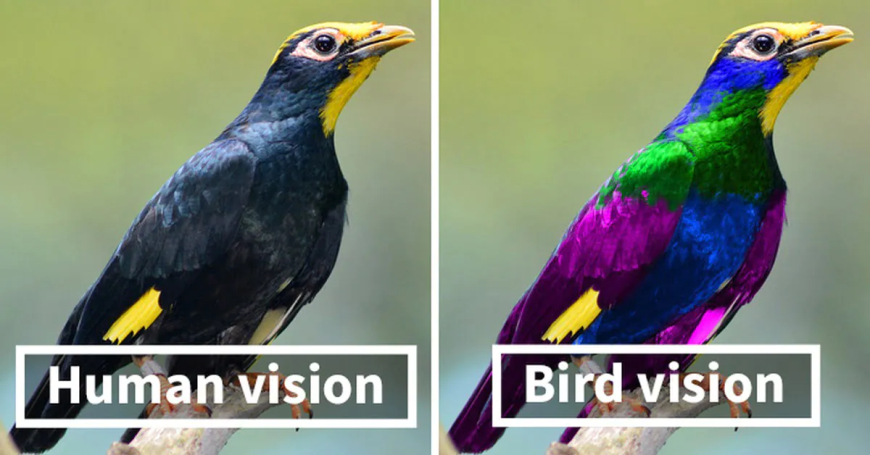The Colours Humans Can’t Actually See – And the Science Behind Them
Discover the fascinating science of invisible colours beyond human vision, from ultraviolet to infrared, and how animals see a world we can’t.

The Colours Humans Can’t Actually See – And the Science Behind Them
When we think of colours, we usually imagine the familiar spectrum of red, orange, yellow, green, blue, indigo, and violet. But the reality is, our eyes can detect only a small portion of the light around us — known as the visible spectrum. Beyond that lies an entire universe of colours our brains can’t even imagine.
Why We Can’t See Them
Human vision works through special cells in our eyes called cones. We have three types, each sensitive to different wavelengths of light — red, green, and blue. The combination of signals from these cones allows us to see millions of shades. But light exists in wavelengths far shorter or longer than our cones can detect.
Ultraviolet: The Colour Beyond Violet
Ultraviolet (UV) light has a shorter wavelength than violet. While invisible to us, many animals — such as bees and birds — can see UV patterns on flowers that guide them to nectar. These patterns are invisible in our world but form an essential part of theirs.
Infrared: The Colour Beyond Red
On the opposite end of the spectrum lies infrared (IR) light, with longer wavelengths than red. We can’t see it, but we can feel it as heat. Some snakes can “see” infrared to detect warm-blooded prey in the dark — a survival superpower.
Imaginary Colours We’ll Never Perceive
Even within the visible spectrum, there are “forbidden colours” — combinations like reddish green or bluish yellow that our brains simply can’t process because of the way our cones send conflicting signals.
Technology Lets Us Peek Beyond
While we’ll never truly see these colours with our eyes, special cameras and instruments can detect UV and IR light. Infrared photography reveals a surreal world where foliage glows white, and ultraviolet cameras show hidden patterns in everyday objects.
Why This Matters
Understanding invisible colours isn’t just fascinating — it has practical uses. From medical imaging to astronomy, studying these unseen wavelengths helps us detect diseases, study distant galaxies, and even improve security systems.
The next time you admire a rainbow, remember — you’re seeing just a tiny slice of reality. The rest of the light spectrum is out there, painting the universe in colours we can only imagine.

 Ellofacts
Ellofacts 





